You are an instrument-rated private pilot. Your friend is working on the rating and you have acted as her safety pilot while she practices under the hood. She’s doing great. Today ceilings are high but below final approach fix altitudes. You feel comfortable filing IFR as pilot in command while she flies, so you file and off you go in the club’s 172. No hood for your friend today. She does all the flying. Two approaches, with 12 minutes in actual instrument conditions. She did well.
Back on the ground, the logbooks come out. How does she log the flight time? How do you?
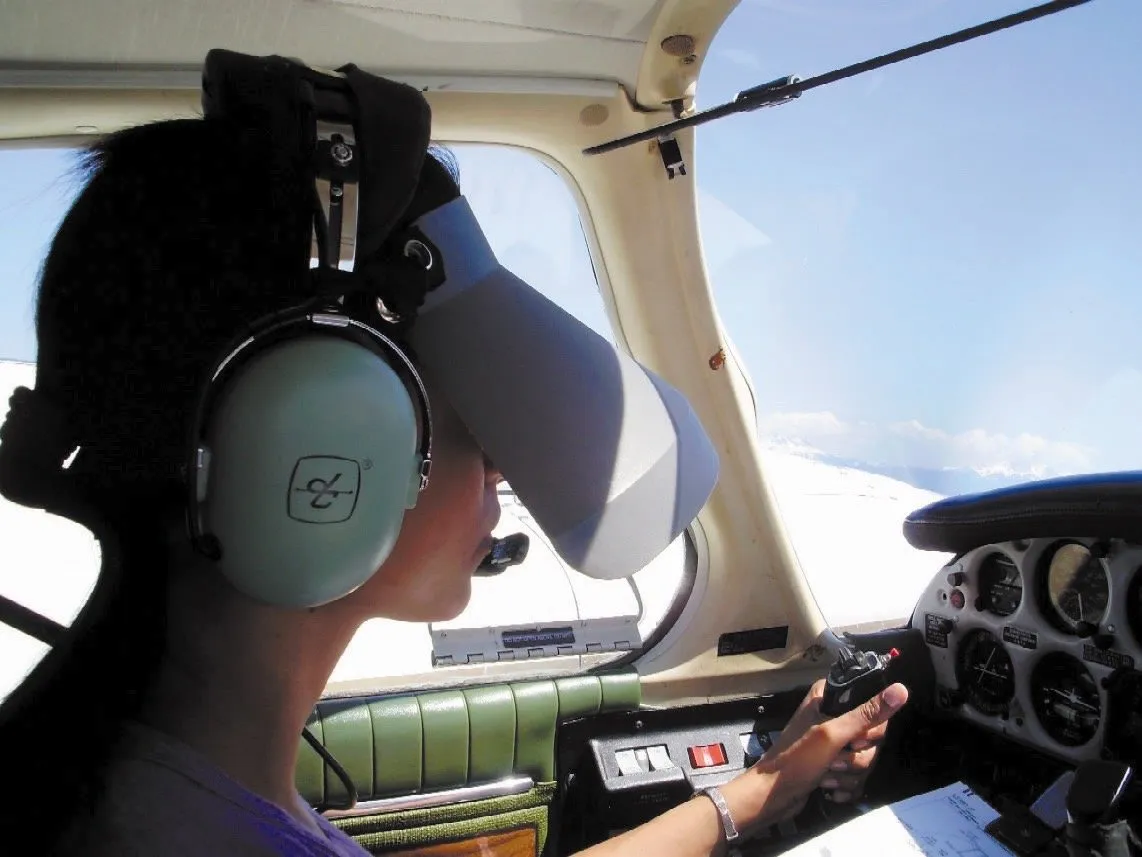
Understanding the Rules.
The flight-time logging rules in Title 14 of the Code of Federal Regulations—what we informally call the FARs—have generated confusion, discussion and heated arguments, probably nearly going back to the Wright Brothers. We will examine a few common logging questions, but my goal is different. I hope to provide you with the tools to understand and apply them.
I refer to 61.51, entitled “Pilot Logbooks,” as the Universal Rule of Logging Flight Time. All flight-time logging questions begin, and many end, there. Based on over 40 years of consistent official FAA interpretations of 61.51, I have come up with a “Golden Key” to understanding: Pilot status on a flight and how the pilot may log the time are independent and unrelated concepts.
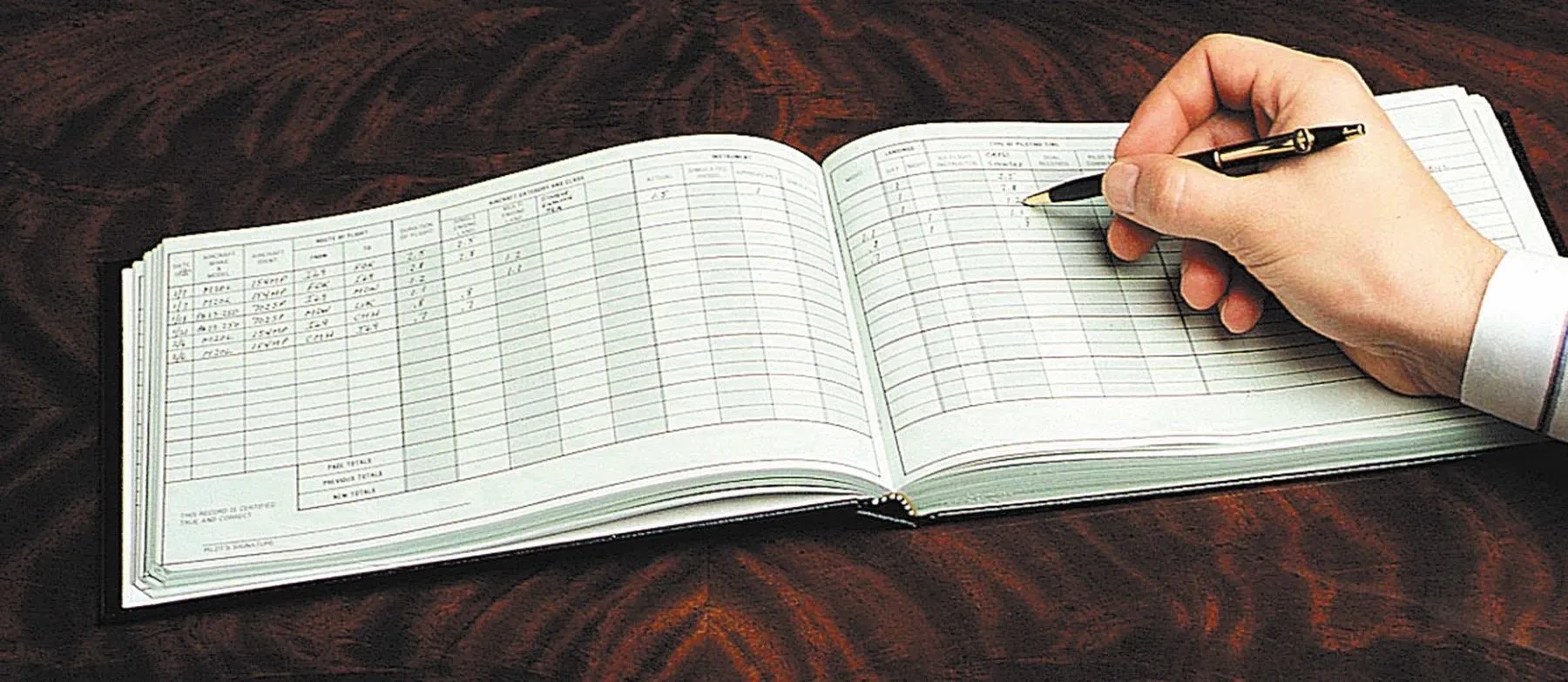
Why Log Flight Time?
61.51
Qualification and Currency
(c) Logging of pilot time. The pilot time described in this section may be used to:
(1) Apply for a certificate or rating issued under this part or a privilege authorized under this part; or
(2) Satisfy the recent flight experience requirements of this part.
We have many reasons to log our flight time. The FAA has only two: qualification and currency. The regulations tell us what we must do to qualify for pilot certificates, ratings and privileges, and to maintain currency. We log to demonstrate we have met them.
Simple enough. But the FAA’s choice of activities which do and do not count for qualification and currency are not necessarily based on pilot status. The rules can seem an unintuitive mess, but those who accept the Golden Key unlock the door to understanding and applying them, even if they don’t always agree with the results.
Pilot in Command
Nowhere is the difference between pilot status and logging flight time, more evident or more difficult to grasp than logging pilot-in-command flight time. That will be our focus, although the Golden Key applies to all flight-time logging questions.
A major part of the problem is the FAA’s historical decision to use the phrase “pilot in command” to mean two completely different and unrelated things. The definitions in 1.1 say the “pilot in command” is the qualified pilot with “final authority and responsibility for the operation and safety of the flight.” Section 61.31 says we need certain endorsements to do that in high performance, complex, and tailwheel aircraft. But, as we’ll see, we don’t need those endorsements to log pilot in command flight time.
Jones Letter, 1980
Section 61.51 is a flight-time logging regulation, under which PIC time may be logged by one who is not actually the pilot in command.
…the purpose of Section 61.51 … is to record aeronautical training and experience used to meet the requirements for a certificate or rating, or the recent flight experience requirements…
More than 38 years ago, the FAA Chief Counsel handed us the Golden Key and its rationale in the 1980 Jones Letter. “Section 61.51 is a flight-time logging regulation, under which PIC time may be logged by one who is not actually the pilot in command…” It continues, “This is consistent with the purpose of Section 61.51 … to record aeronautical training and experience used to meet the requirements for a certificate or rating, or the recent flight experience requirements.”
In other words, “acting as pilot in command” and “logging pilot-in-command flight time” never mean the same thing and have completely different rules. It might be helpful to do what the FAA didn’t and separate them with different acronyms. “PIC” for being the pilot in command and “PICFT” for logging pilot in command flight time. A pilot can lack the qualifications or currency to act as PIC but be permitted to log PICFT. The Jones Letter listed seven of those, from logging PIC time while receiving tailwheel instruction toward the endorsement to a non-instrument-rated pilot logging pilot-in-command flight time in actual instrument conditions. As we will see, the opposite is also true. A pilot can be in command and responsible for a flight but not be permitted to log any PICFT.
Regulatory “Boxes”
Think of 61.51 as giving us, in typical regulatory outline format, a series of regulatory boxes for logging various types of flight time—pilot in command, second in command, solo, actual and simulated instrument among them. If you fit into a 61.51 box, you log the flight time. If you don’t fit any box, you log nothing. If you fit into two or more boxes, you log in two or more columns. And, if two pilots happen to fit into the same box, they both log it. Two pilots may, for example, write PICFT numbers in their logbooks for the same flight, even though, quite obviously, only one can bear the ultimate responsibility for a flight. Here are a few common PICFT boxes in 61.51.
PICFT: Sole Manipulator
61.51(e)(1)(i)
A … recreational, private, commercial or airline transport pilot may log pilot in command flight time…when the pilot is the sole manipulator of the controls of an aircraft for which the pilot is rated…
(Sport pilots excluded
for clarity.)
That’s it. Do not read a single extra word into it. If you are a recreational, private, commercial or airline transport pilot, you may log PIC any time you are the sole manipulator of the controls of an aircraft for which you are rated. The rule says nothing about instrument ratings, high performance, complex, or tailwheel endorsements—”endorsements” are not “ratings”—medical currency, flight reviews, or anything else having to do with the authority to act as PIC, so none of them matter.
There are no known exceptions. More than 30 years after Jones, the Chief Counsel gave us the 2013 Richards Letter: “although the endorsements requirement of Sections 61.31(e) and (f) must be met to act as PIC of a high-performance or complex airplane, those endorsements are not required to log PIC time if the pilot is rated for and is the sole manipulator of the controls of the aircraft.” (Emphasis added.)
PICFT: Two Pilots
61.51(e)(1)(iii)
A … private, commercial or airline transport pilot may log pilot in command flight time… when the pilot…acts as pilot in command of an aircraft for which more than one pilot is required under the type certification of the aircraft or the regulations under which the flight is conducted…
(Sport and recreational pilots excluded
for clarity.)
Pilot status can matter, but only when the Universal Rule says it does. One big example is multi-pilot crews. This excerpt from 61.51 informs us that a pilot acting as PIC on a flight requiring more than one pilot may log PICFT whether or not he is the “sole manipulator.” A flight may require more than one pilot because of the aircraft’s type certificate or because there is a regulation requiring it. In the Part 135 world, for example, 135.101 requires two pilots on a passenger-carrying IFR flight. The most common example for piston-GA pilots is logging safety-pilot time.
Section 91.109(c) requires a safety pilot in simulated instrument conditions. In the 1993 Hicks Letter, the FAA Chief Counsel considered sections 91.109(c) and 61.51(e)(1)(iii) together, concluding that simulated instrument flight is an operation requiring more than one pilot. If the safety pilot is acting as PIC, “the safety pilot may log all the flight time as PIC time.”
Like Jones, Hicks has also stood the test of time. There have been interpretations limiting safety pilots logging cross-country time, but they all reaffirm the basic rule—a safety pilot who is acting as PIC may log PICFT for the time the other pilot is flying under the hood. (There is a similar Universal Rule for logging second-in-command flight time when more than one pilot is required, and Hicks applied that to authorize the safety pilot to log second-in-command time when the safety pilot does not act as PIC.)
Both Log PICFT
Creech Letter, 2013
Safety-Pilot Scenario
Pilot A flies the aircraft and Pilot B acts as the pilot-in-command… [I]n this scenario Pilot A may log the entire flight as PIC flight time because that pilot was the sole manipulator of the controls for the entire flight. Additionally, Pilot B may log PIC time for the time during which Pilot B acted as the safety pilot for Pilot A’s simulated instrument flight because Pilot B was a required flight crewmember for that portion of the flight under 14 C.F.R. 91.109(c).
(Internal quotations
omitted for clarity.)
If a safety pilot is acting as PIC, it looks like we have two pilots logging PICFT. The flying pilot is the “sole manipulator” of the controls. The safety pilot is the pilot in command of a flight that requires two pilots.
While only one pilot can be in command, returning to the box analogy, every pilot who fits in a 61.51 box may log that time, even if the strange result is two pilots logging PICFT. It was another conclusion of the 1993 Hicks Letter, restated 20 years later in the 2013 Chief Counsel letter to Danny Creech.
Our Scenario
We began with a flight where an instrument-rated pilot acts as PIC while his non-instrument rated friend actually flies. Safety pilot rules don’t apply because no one was under the hood. And letting someone else fly doesn’t change a Cessna 172 into a plane requiring two pilots. The instrument pilot is definitely required, but the non-instrument pilot is not. One might even think of her as just a passenger you are allowing to fly.
If you’ve been following along, you will have come to the odd conclusion that the instrument student may log PICFT because she is the sole manipulator of the controls. She may also log actual instrument time under 61.51(g). But wait! There’s more.
Since there is no “box” in the Universal Rule that applies, the instrument-rated PIC, who is ultimately responsible for the safety of the flight, and whose pilot certificate is at stake if something goes wrong, may log nothing. An arguably nonsensical result, but one both the Golden Key and the FAA give us. It was the subject of two Chief Counsel interpretations in the past ten years, the 2009 Speranza Letter and the 2011 Walker Letter. They again reaffirm the 40-year old principle that a non-instrument pilot may log PIC in actual instrument conditions. And, applying the Golden Key and the box analogy, they conclude that the instrument-rated “real” pilot in command may not log anything “because there is no provision for this logging in 61.51(e).”
No One Logs PICFT?
Are there situations in which no one may log PICFT? Theoretically, yes.
Consider a multi-engine pilot who allows his single-engine rated friend to handle the controls of his twin (with the multi-rated pilot in command, of course). While the single-engine pilot is flying, there is no Universal Rule “box” for either of them. The single-engine pilot is the “sole manipulator,” but he is not rated for the aircraft. The rated pilot is acting as PIC but is not the sole manipulator, and, like the instrument flight scenario, it is not an operation that requires more than one pilot. There are others, including a private pilot allowing a student pilot, or a non-pilot, to fly.
That’s theory. If the PIC in our instrument scenario not being able to log flight time is ridiculous, no one being able to log anything is absurd. For those who want something more sensible to point to, there is an unpublished Chief Counsel interpretation from 1977 that has made the online rounds for years.
The Beane letter looked at our hypothetical qualified/not qualified scenario and reached the sensible, albeit non-regulatory, conclusion that a pilot acting as PIC, who is “rated in category and class could … log PIC time if another pilot, not appropriately rated, was actually manipulating the controls…” In other words, if no one else can log the flight, the “real” PIC can log it. Fact or fantasy? Chances are, no one, including the FAA, cares if the only rated pilot on board logs the time.
Have a Headache Yet?
There are a few logging situations that are not directly handled by 61.51. For example, the definition of “cross country” in 61.1 changes with the certificate, rating or privilege being applied for. It is also subject to a series of legal interpretations beyond the scope of this article that limit cross country logging (i.e., a safety pilot may not log cross country time). Even for those few, though, 61.51 is the guide to filling in the rest of the log. The Golden Key and looking for the boxes in the Universal Rule will always start you in the right direction.
The Safety Pilot Conundrum
You and your buddy are both Single-Engine Land, Private, Instrument pilots. Your buddy wants a couple approaches under the hood for currency in his Cirrus and asks you to be his safety pilot. He’s the sole manipulator of the controls, so clearly he can log PICFT. Similarly, since you’re a required crew member, you can log SIC time. All’s good—if you’ve got an FAA medical.
But, you’re using BasicMed. The regs say that BasicMed qualifies you to act as PIC (but not SIC). To skirt that, using the definition of PIC, you both agree beforehand that you’re the acting PIC. Now, you can be the safety pilot. All’s good—if his insurance agrees.
Most insurance policies have strict requirements for “guest” pilots, and you don’t meet their time-in-type requirement since you fly a 172. Even though you’re qualified and legal in the plane, you’re not necessarily insured as its PIC. There would be little issue if you were SIC, but acting as PIC enters the whole dimension of insurance.
The bottom line here is that BasicMed raised a can of worms for safety pilots. Be careful. —FB
Aviation lawyer and flight instructor Mark Kolber advises his clients and students to fly responsibly and worry about logging over an adult beverage.

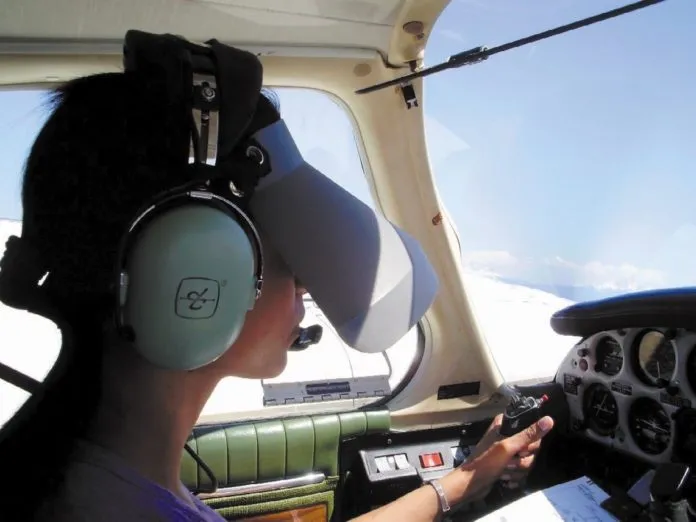


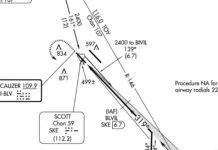
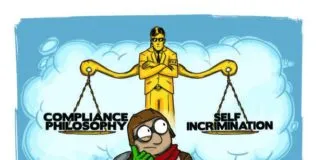
I have a very niche scenario not covered in this article and wonder what your thoughts are on the subject. The F-15E falls under AMEL and due to being greater than 12,500lbs and being turbojet powered would normally have a type rating. However, it has no type rating. My question is can the WSO in the back with full duel controls log PIC time under 61.51 as sole manipulator of the controls if rated for AMEL? Essentially, can the WSO log it without a type rating because the jet is not type rated?
When it comes to getting a job, and the qualifications require xxx PIC time, do airlines care if this was “sole manipulator” time or “acting as PIC” time?
Didn’t the FAA change the applicable parts of FAR Part 61 and Part 68 to allow a pilot exercising privileges using BasicMed to be a safety pilot without being PIC (i.e., a required crew member other than PIC)? Does the last section of this article need to be updated?
Cách bạn xây dựng các luận điểm logic chặt chẽ thực sự thuyết phục.